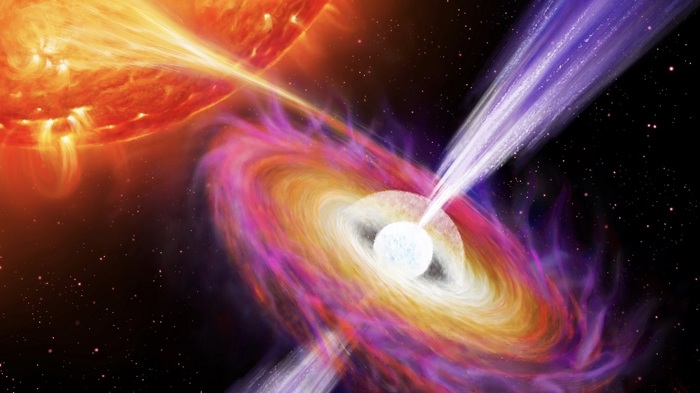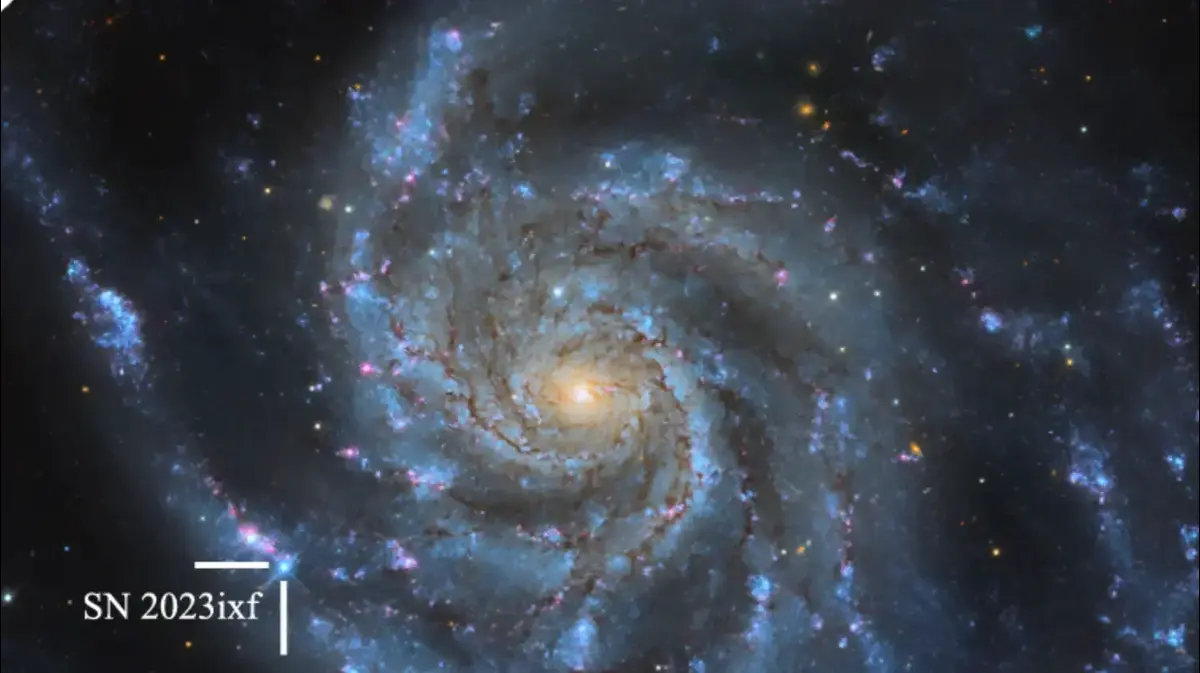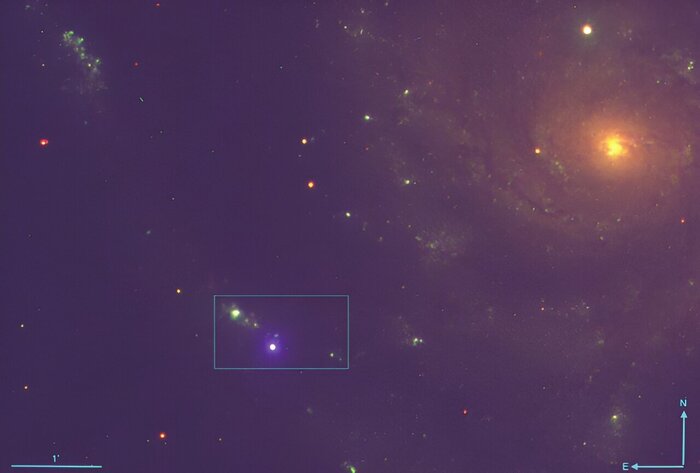"Micronova": Researchers discover new type of explosion in burning stars
Created: 04/29/2022, 17:15
By: Magdalena von Zumbusch
New type of stellar explosion: Researchers discover "micronova", a hard-to-observe stellar explosion that burns large masses of matter in a short time.
Durham - A team of astronomers reports a new type of stellar explosion.
With these explosions - so-called "micronovas" - on the magnetic surface of the stars, nuclear fusion would lead to the explosion of matter.
"White dwarfs": This is what is called burnt-out star debris that can cause explosions
An international team of astronomers at Durham University's European Southern Observatory have observed and identified a new type of stellar explosion.
The new cosmic explosion, dubbed a "micronova," could burn up 20,000,000 trillion kilograms of material in a matter of hours, The
Focus
reports .
When sun-like stars reach the end of their life cycle, they become so-called "white dwarfs" - dense stellar cores that have exhausted their nuclear fuel, meaning they have already burned up, according to
Focus
.
These "white dwarfs" could eventually become cannibals and siphon off material from other stars.
Explosions of the "stolen" material, called dwarf novae, often occur on the surface of the white stars.
However, the material could also be sucked into the rest of the star and ignite hydrogen nuclear fusion there - which would then be a larger explosion called a nova: some of these explosions are even visible to the naked eye from Earth.
Micronova: New form of stellar explosion
But there seems to be a third type of explosion of the "white dwarfs": "During these outbursts, the optical and infrared brightness increases threefold within less than an hour and then dies down again in about ten hours," reports the astrologer Simone Scaringi from the University of Durham, UK.
According to its duration and its course, the explosion does not fit into the category of the dwarf nova nor the regular nova.
In order to understand the unknown type of explosion, Scaringi and his colleagues examined three white dwarfs with the new type of short explosions, reports the
Focus
.
The "white dwarf" TV Columbae, which is around 1,630 light-years away, and its "conspecifics" EI Ursa Majoris and ASASSN-19bh, were observed with the NASA space telescope TESS and the Very Large Telescope of the European Southern Observatory (ESO) in Chile.
Micronova: All new form of thermonuclear explosion
According to the astronomers, a micronova, like a "normal" nova, is based on a thermonuclear explosion and thus on nuclear fusion.
However, it is said to be a completely new form of thermonuclear explosion.
The explosive chain reaction only reaches around a millionth of the intensity of a nova.
"The discovery challenges the understanding of how thermonuclear explosions occur in stars," says Scaringi.
Because normally such chain reactions spread quickly over the entire surface of a white dwarf.
However, this does not seem to be the case with the micronova: "Given the short duration and the relatively small energy released, this thermonuclear reaction must be confined to a small part of the star's surface," believe Scaringi and his colleagues.
The astronomers suspect that magnetic forces could be the cause: In contrast to other "white dwarfs", the micronovas have a strong magnetic field.
The magnetic effect can concentrate the extracted material on a small area of the star's surface, where the explosion then takes place.
Incidentally, the explosion and the energy released are still enormous for our conditions on Earth: A single explosion can burn around 20,000 trillion tons of material, which corresponds to the mass of 3.5 billion Cheops pyramids, according to
Focus
.
Incidentally, researchers at the University of Baltimore in the US state of Maryland recently made a similarly important discovery: the star "Earendel", which has so far been the furthest away from Earth.








/cloudfront-eu-central-1.images.arcpublishing.com/prisa/KMEYMJKESBAZBE4MRBAM4TGHIQ.jpg)



